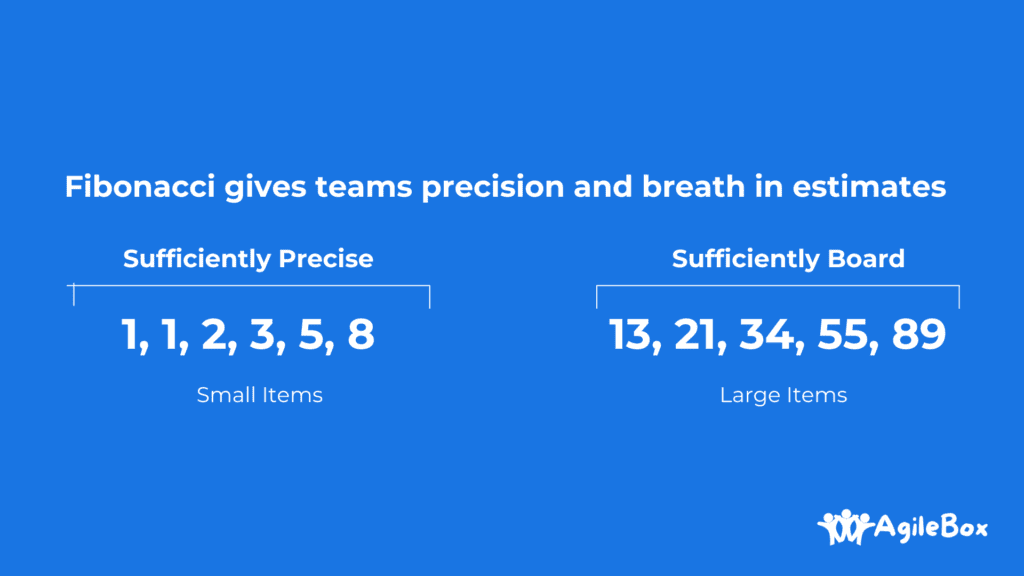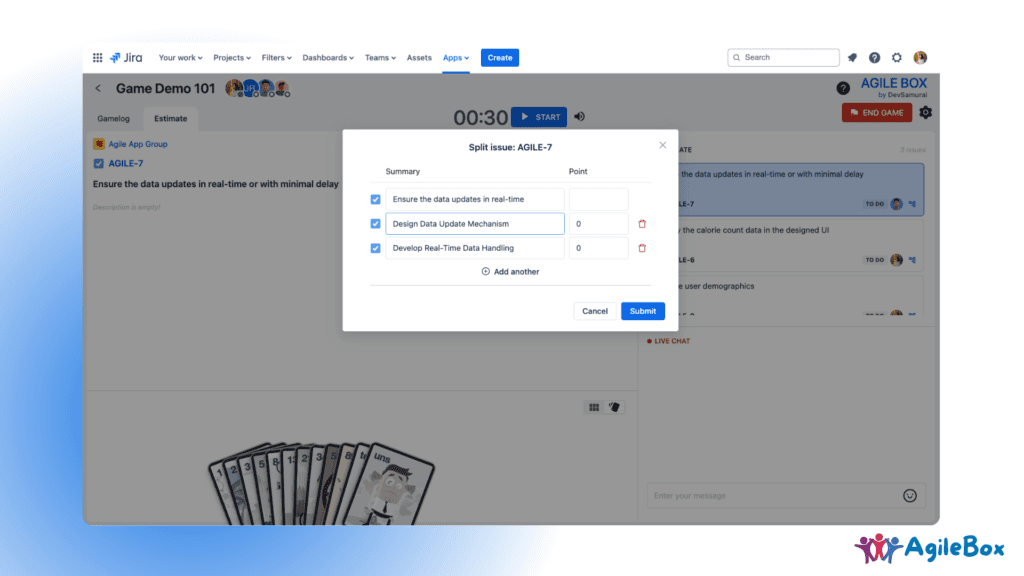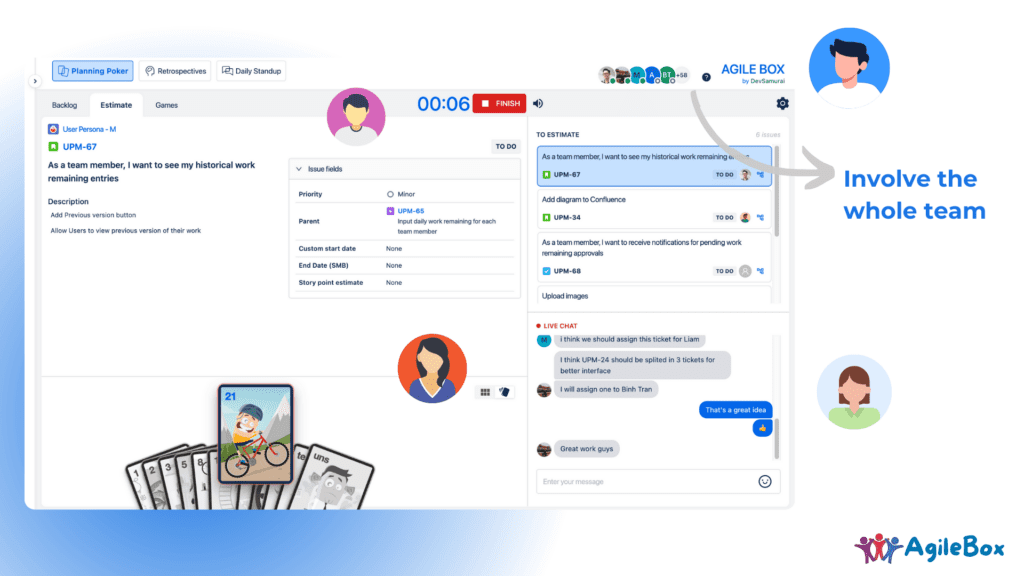Story point estimation is essential for Agile and Scrum teams to plan their work, track progress, and make informed resource allocation decisions. However, achieving accurate story point estimates is often challenging and can seem contradictory.
People generally struggle with estimating effort and time accurately, frequently underestimating the required work. This cognitive bias is known as the planning fallacy.
In this article, we’ll provide tips and strategies for improving your story point estimates, helping your team work more effectively, deliver higher-quality software, and better manage stakeholder expectations.
1. Use a consistent scale
A key factor in creating better story point estimates is maintaining a consistent scale across sprints. It’s crucial that everyone on the team understands what each point represents and that the scale remains unchanged. Misalignment on the value of a story point makes accurate estimation difficult.
Many Agile teams use the Fibonacci sequence (1, 2, 3, 5, 8, 13, 21, etc.) as their scale. Each number represents a relative level of effort, with higher numbers indicating more complex or time-consuming tasks.
Using a consistent scale ensures that team members are aligned when estimating the effort for each task and determining the workload for an iteration. This alignment leads to more accurate estimates and reduces the chances of misunderstandings.
To achieve this, set a baseline by rating past user stories on your chosen scale, then compare future estimates to that baseline—this is known as relative estimation.
While the Fibonacci sequence is popular, it’s not the only option. Parabol’s Sprint Poker tool offers various built-in scales to simplify story point estimation. If abstract numbers feel too complex, try the T-Shirt Sizing scale, which ranges from small to extra-large, making it more intuitive.

2. Break down tasks into smaller units
Before estimating, make sure tasks are broken down into smaller units. If a task is too large to fit into one sprint, it should be divided into smaller components.
By estimating these smaller tasks separately, you can achieve more accurate estimates, as this approach reduces the uncertainty associated with larger, complex tasks. The bigger the task, the more unknowns there are.
For instance, instead of estimating the effort to “implement a new integration,” break it down into subtasks like “write the integration code,” “test the integration,” and “submit the integration to the marketplace.” Each subtask can then be estimated based on its specific effort.
In AgileBox, the platform supports splitting tasks during the estimation game, allowing you to break down and allocate tasks on the spot. This feature not only saves time but also ensures that tasks are distributed effectively right from the start.

3. Consider previous experience
Story point estimation should become easier over time as your team builds shared context and experience with the relative size of tasks. Always encourage the team to consider their past experiences with similar tasks.
For instance, if a similar feature took one sprint to complete in the past, the team can use that knowledge to estimate a similar feature in the future.
However, remember that every task is unique—previous experience should serve as a guideline, not a strict rule.
4. Involve the whole team
Diverse opinions and skillsets are crucial for accurate estimates, so the entire team should participate in the estimation process. Everyone should have the chance to contribute based on their knowledge and experience.
Involving the whole team brings in a range of perspectives and expertise, leading to more accurate estimates. It also fosters a sense of ownership and collaboration, boosting team morale and productivity.
One of the worst practices is having a product owner or manager assign story points without team input. It might seem surprising, but it happens!

5. Refine estimates over time
Story point estimates are not set in stone. As your team works through a sprint, new insights or unforeseen challenges may arise, making initial estimates inaccurate.
Some teams find it helpful to refine estimates as new information becomes available. This helps assess whether a task can still be completed within the sprint and provides valuable data for future comparisons. It often makes more sense to adjust story points after the task is completed, allowing you to compare estimated vs. actual effort accurately.
If a task turns out to be more complex than expected, don’t worry—just roll it into the next sprint and update its estimate in the sprint backlog. Remember that, Refining estimates is part of the continuous learning process that teams experience as they work together.
In conclusion
Creating better story point estimates is crucial for Agile and Scrum teams, as it leads to more effective planning, clearer progress tracking, and smarter resource allocation. By using a consistent scale, breaking down tasks, and applying the steps outlined above, your team can significantly improve accuracy.
With AgileBox can further streamline this process by providing intuitive features for estimation, collaboration, and continuous learning. With the right strategies and tools, your team can navigate Agile’s complexities with confidence and efficiency.
Let’s Try Out planning poker for Jira by AgileBox




